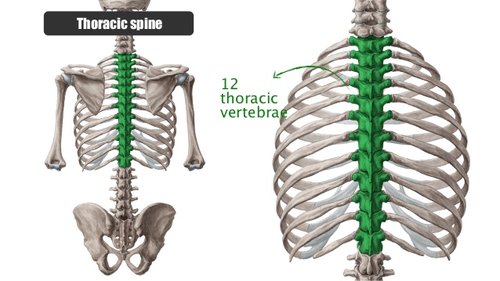

DO YOU HAVE PAIN IN THE FRONT OF YOUR SHOULDER?
We’ve all been there. You’re in the middle of a workout and a familiar, yet weird, pain in the front of your shoulder starts creeping up. At first it’s not too bad and you press through a few more reps of dips, but later it becomes more and more intense and focused to a little line in the front of the shoulder.
Pain in the front of our shoulder can be very frustrating and can even force you to modify your training. Whether you are training for a big CrossFit competition, or just working out to be healthy and active, the same pain can happen and potentially sideline you. But where does the pain come from?

Look familiar?
Bad guys don’t scream
Imagine you’re walking down the road, and someone comes up to you and takes all your money by force. Who would be more scared, you or the bad guy? Chances are you would be the one who is screaming. Often, pain can be a similar situation. When a muscle or joint isn’t working well and not pulling its weight, other tissues need to pull an extra shift to make up for the slacker elsewhere. We can work on where the pain is but if that isn’t the source of dysfunction, the relief will be limited. We have found two commonly overlooked issues which can contribute to shoulder pain.
Frequent Culprits
THE THORACIC SPINE

The Thoracic spine is the part of your spine where your ribs are. Most of us have 12 vertebrae in this region that all move in three directions. For us to press overhead and do all the fun movements we do, we must have adequate motion in the T-spine. Use this simple test to see if you have enough thoracic mobility.
If you find that you don’t have enough movement through your T-Spine, click HERE to get my personal spinal mobility routine.

Shoulder blades
Our shoulder blades (scapulae) are awesome! They move a lot more than most people give them credit for. They move like windshield wipers when you do most shoulder exercises or reach overhead. They provide a stable foundation that can point the shoulder joint to where it needs to go. The actual shoulder joint is akin to a golf ball on a tee, and can move a whole bunch, but the shoulder blades are the foundation that anchors the shoulder onto the body. Try these two tests to see if you have good control over your shoulder blades.
What now?
If you’re experiencing shoulder pain, it’s probably best to let the shoulder rest a bit while you heal up. You can try lowering weights, changing movements, or reducing ranges of motion, or resting it. Be sure to check out our exercise library to find some more videos that could help you.
If the pain persists, be sure to find a healthcare provider who knows a thing or two about training so you can get back in the game and ready to train your hardest again!
.jpg)
.jpg)


